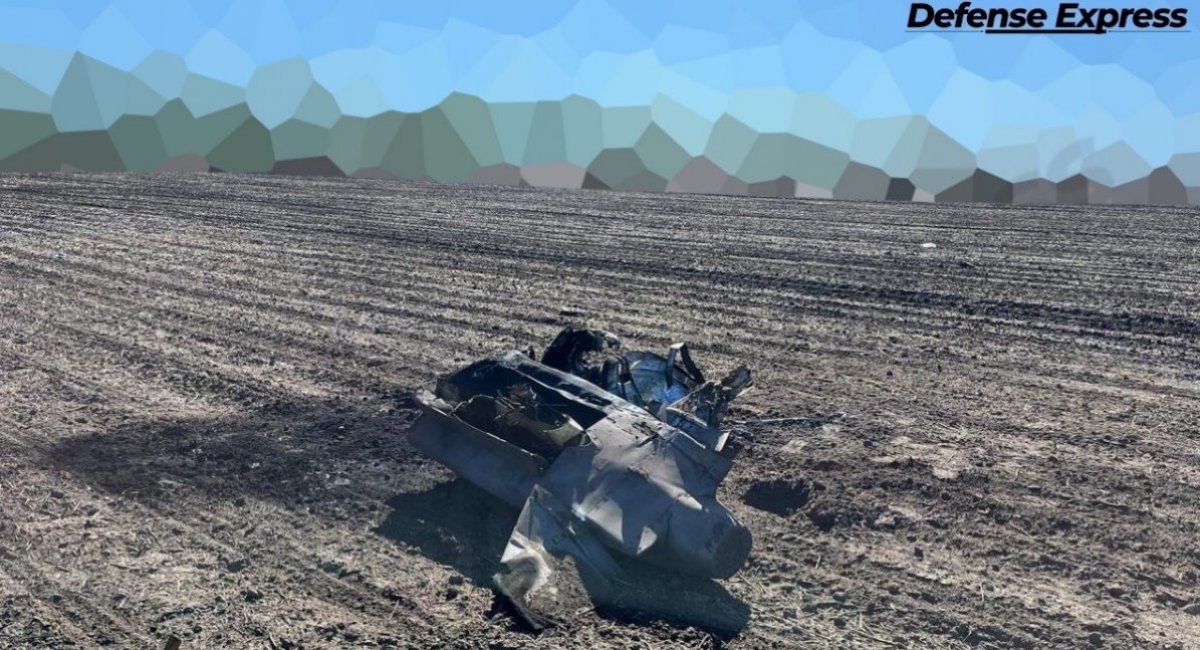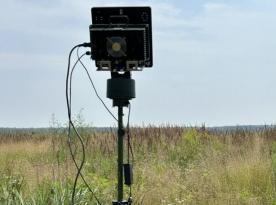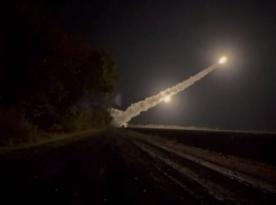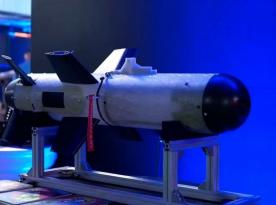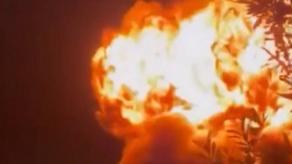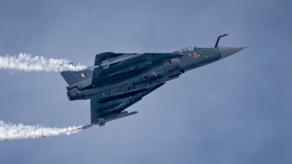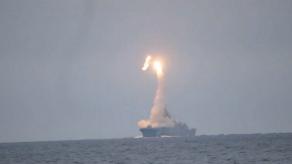On the first anniversary of russia's missile strike on the Ohmatdyt Children's Hospital in Kyiv, the Defense Intelligence of Ukraine has published new findings exposing the inner workings of russia's Kh-101 cruise missile. The information appears in the Foreign Components section of the War & Sanctions portal, highlighting not only the missile's technical composition but also the global supply chains that enable its continued production.
The Kh-101 missile is one of russia's most advanced air-launched cruise missiles, capable of striking targets hundreds of kilometers away with high precision. On July 8, 2024, one such missile deliberately struck a wing of the Ohmatdyt hospital, a facility treating some of Ukraine's most vulnerable patients. The attack killed two people and injured more than 50 others, including children. Ukraine and international observers labeled the strike a war crime.
Read more: russia Arms Tu-95MS and Tu-160 with Nearly Full Kh-101 Missile Load for First Time in 8 Months but to No Avail
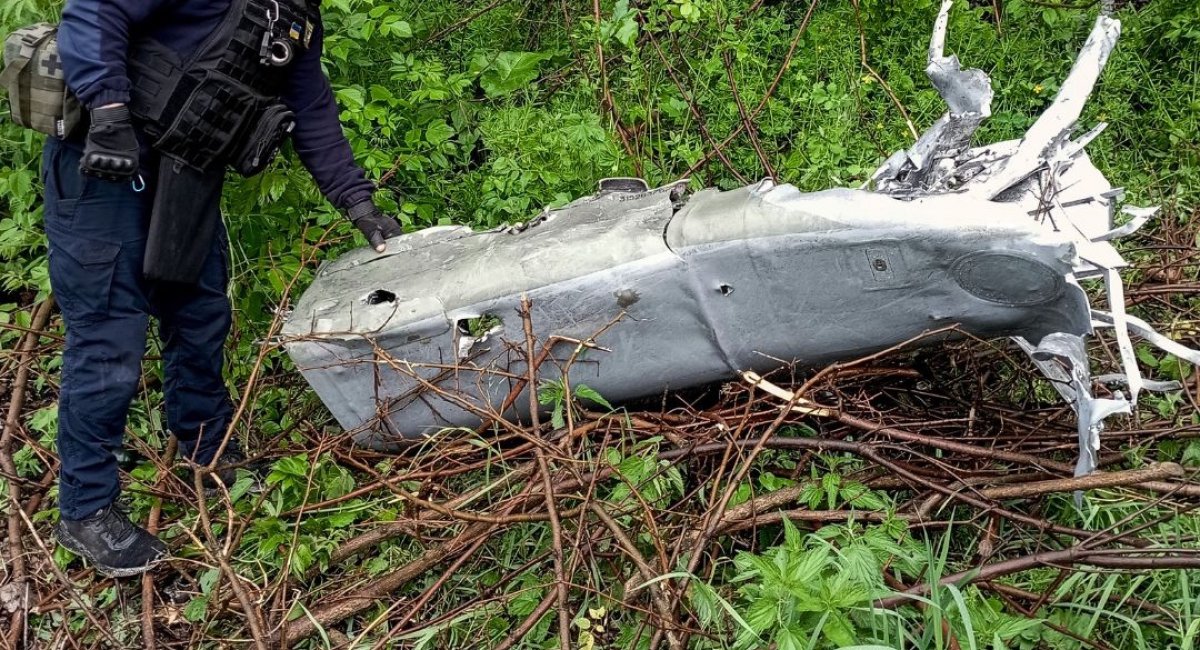
In response to the tragic anniversary, the Defense Intelligence revealed detailed data on over 70 companies involved in the production of the Kh-101 missile. The disclosure includes information on suppliers of components ranging from turbojet engines and guidance systems to electronics, bearings, and metal forgings. These elements form the technological backbone of the missile, enabling its deadly performance on the battlefield.
Strikingly, dozens of the companies involved are still not under international sanctions. These firms retain access to critical Western equipment, electronic components, and manufacturing technologies, elements that are vital to the continued assembly of the Kh-101 missiles. The report implies that despite wide-ranging sanctions regimes, key gaps remain in enforcement and targeting.
Ukraine's findings underscore the urgent need for tightening export controls and closing loopholes that allow russia to bypass restrictions through intermediaries or dual-use supply chains. Some of the exposed firms are located in countries that are formal members of the international sanctions coalition, raising questions about compliance and oversight.
By publishing this information, Ukraine's intelligence aims to pressure both governments and private companies to reassess their role in indirectly sustaining russia's war machine. The data also offers a roadmap for sanctioning entities still enabling missile production, be it knowingly or through negligence.
The attack on the Okhmatdyt hospital, and the new intelligence released on its anniversary, serves as a grim reminder of how advanced weapons systems like the Kh-101 missile are not just military tools but instruments of terror when deployed against civilian infrastructure. Holding suppliers accountable is now as crucial as deterring the launch platforms themselves.
Read more: Next-Generation Precision Weapon: U.S. Develops New Bunker Buster to Replace GBU-57




